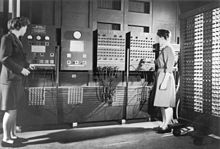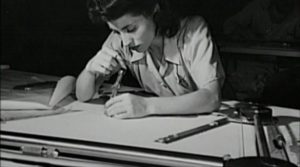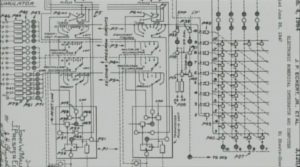In 1942, a group of brighter-than-bright women with a flair for mathematics were recruited by the U.S. Army’s Philadelphia Computing Section at the University of Pennsylvania to develop a system of complex mathematical formulas to determine accurate artillery shell trajectories and bomb drop points for the USAAF’s Norden bombsight.
Known as “computers,” in an age when that term referred to human beings, not machines, they “crunched” numbers using ordinary adding machines and a cumbersome device known as a “Bush Differential Analyzer,” a 30-foot-long mechanical calculating machine.
Working sometimes sixteen hours a day and under top-secret conditions, these women developed specialized equations to solve ballistical problems of landing an artillery shell on a hidden target or dropping a bomb from a high-flying aircraft. Success required correct trajectories, drop points, elevation angles and muzzle velocities. This information was translated into small booklets for distribution to USAAF bombardiers and U.S. Army artillery units.
“Rosie the Riveter” in the plants and factories may have built the machines of war, but a small group of math-savvy, top secret “Rosies” working in anonymity, help make those weapons win the war.
After the war, some of these women went on to help develop the Electronic Numerical Integrator and Computer, or ENIAC, the first electronic computer.



